Home>diy>Building & Construction>What Is Residential Construction
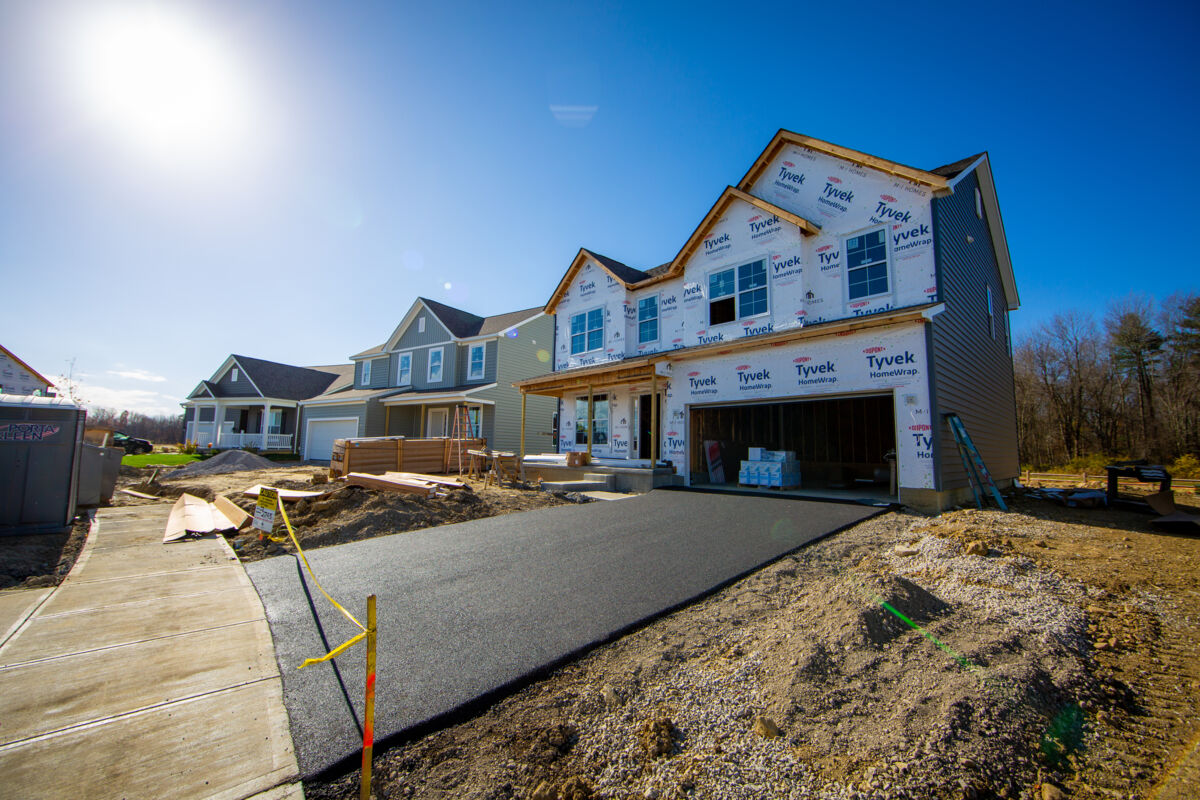

Building & Construction
What Is Residential Construction
Modified: January 8, 2024
Discover what residential construction entails and the key steps involved in building a home. Gain insights into the world of building construction today.
(Many of the links in this article redirect to a specific reviewed product. Your purchase of these products through affiliate links helps to generate commission for Storables.com, at no extra cost. Learn more)
Introduction
Residential construction is a crucial aspect of the building industry that involves the creation and development of homes for individuals and families. It encompasses all the stages and processes required to construct a place where people can live comfortably and safely. From the initial planning and design to the final touches and finishing, residential construction plays a pivotal role in shaping communities and providing shelter for people.
In this article, we will explore the world of residential construction, delving into the definition, types, building process, key players, materials, challenges, and future trends in this dynamic industry.
Residential construction is a multifaceted domain that caters to a wide range of needs and preferences. Whether it is a single-family home in the suburbs or a high-rise condominium in an urban setting, the goal of residential construction is to create spaces that meet the functional and aesthetic requirements of homeowners.
This article aims to provide a comprehensive overview of residential construction, shedding light on the intricacies and nuances that go into building homes. By understanding the fundamentals of this industry, individuals can gain insights into the process and make informed decisions when it comes to their own residential construction projects.
Throughout this article, we will explore the different types of residential construction, the key steps involved in the building process, the major players in the industry, and the materials commonly used. We will also discuss the challenges and considerations that arise during residential construction and look ahead at the future trends shaping the industry.
Whether you are a homeowner planning a construction project or simply interested in understanding the ins and outs of residential construction, this article will serve as a valuable resource to deepen your knowledge and appreciation for the art of building homes.
Key Takeaways:
- Residential construction encompasses diverse housing types, from single-family homes to modular structures, and is evolving with trends like sustainability, smart technology, and resilient design to meet the changing needs of homeowners and communities.
- The residential construction process involves careful planning, skilled labor, and collaboration among key players to create safe, comfortable, and aesthetically pleasing homes. Anticipating challenges and embracing future trends will shape the industry’s evolution.
Read more: How To Get Into Residential Construction
Definition of Residential Construction
Residential construction encompasses the process of building, renovating, or remodeling homes and other residential structures. It involves the construction of single-family houses, townhouses, apartments, condominiums, and other types of dwellings where individuals and families reside.
Residential construction is primarily focused on creating living spaces that are safe, comfortable, and aesthetically pleasing. It requires careful planning, adherence to building codes and regulations, skilled labor, and the use of appropriate materials and technologies.
One distinguishing feature of residential construction is its emphasis on meeting the unique needs and preferences of homeowners. Each project is tailored to the specific requirements of the occupants, taking into account factors such as size, layout, design, and functionality.
The ultimate goal of residential construction is to provide individuals and families with a place they can call home. It involves creating a space that reflects their style and personality, while also providing the necessary amenities and comforts for day-to-day living.
Residential construction projects can range in scale and complexity. They can include new construction from the ground up, additions and extensions to existing structures, or complete renovations and remodels. Whatever the scope of the project, the primary objective is to create a livable space that aligns with the vision and requirements of the homeowners.
In recent years, there has been an increasing focus on sustainable and energy-efficient residential construction. Building practices and materials have evolved to promote environmentally friendly designs and reduce the carbon footprint of homes. This includes the use of renewable energy sources, energy-efficient insulation, and environmentally conscious building materials.
Residential construction not only impacts the homeowners but also has a broader societal impact. It helps to shape communities and contribute to the overall development of neighborhoods and cities. The quality and design of residential construction can influence property values, neighborhood attractiveness, and the overall livability of an area.
In summary, residential construction is the process of building, renovating, or remodeling homes and other residential structures to meet the specific needs and preferences of homeowners. It requires careful planning, skilled labor, adherence to building codes, and a focus on creating safe and comfortable living spaces.
Types of Residential Construction
Residential construction encompasses a wide variety of structures, each catering to different housing needs and lifestyles. Here are some of the common types of residential construction:
- Single-Family Homes: Single-family homes are standalone structures designed to accommodate one family. These homes typically have their own yard or garden and offer privacy and independence for the residents. They come in various architectural styles and sizes, ranging from cozy cottages to sprawling mansions.
- Townhouses: Townhouses, also known as row houses, are multi-level homes that share walls with adjacent units. They are often found in urban areas and offer a balance between single-family homes and condominiums. Townhouses typically have shared amenities and common areas, such as community gardens or playgrounds.
- Condominiums: Condominiums, or condos, are individual units within a larger residential building or complex. Owners of condos have individual ownership of their units and shared ownership of common areas and facilities. Condos are popular in densely populated areas and offer convenience and amenities, such as swimming pools, fitness centers, and 24-hour security.
- Apartment Buildings: Apartment buildings consist of multiple individual units stacked on top of each other. They are often found in urban areas and provide rental housing options. Apartment buildings can range in size, from small buildings with a few units to high-rise towers with hundreds of apartments.
- Duplexes and Multiplexes: Duplexes are residential buildings divided into two units, each with separate entrances. They offer the benefits of a single-family home while allowing for shared ownership or rental income. Multiplexes, on the other hand, consist of three or more units.
- Manufactured and Modular Homes: Manufactured homes, also known as mobile homes, are pre-fabricated structures that are assembled at a factory and transported to the building site. Modular homes are built using standardized sections or modules that are assembled on-site. Both types of homes offer cost-effective and customizable options for homeowners.
These are just a few examples of the types of residential construction available. Each type offers unique advantages and considerations, depending on factors such as lifestyle, budget, location, and personal preferences.
When embarking on a residential construction project, it’s important to carefully consider the type of structure that best suits your needs and aligns with your vision of a dream home.
Building Process in Residential Construction
The building process in residential construction involves a series of carefully planned steps to ensure the successful creation of a home. It requires collaboration among various professionals, including architects, contractors, engineers, and skilled craftsmen. Here are the key stages in the building process:
- Planning and Design: The first stage involves envisioning the project and creating a detailed plan. This includes choosing the location, determining the size and layout of the house, and finalizing the architectural design. During this phase, homeowners work closely with architects to incorporate their preferences and requirements into the design.
- Obtaining Permits: Before construction can begin, it is necessary to obtain the required permits from local authorities. These permits ensure that the construction project complies with building codes, zoning regulations, and safety standards.
- Site Preparation: Once the permits are in place, the site is prepared for construction. This involves clearing the land, leveling the site, and installing temporary utility connections. Site preparation also includes conducting soil tests and evaluating the site’s suitability for construction.
- Foundation and Framing: The next step is the construction of the foundation. The foundation provides stability and support for the structure. Once the foundation is completed, the framing process begins. This involves constructing the skeletal structure of the house using wooden or metal beams, columns, and walls.
- Installation of Systems: After the framing is complete, the installation of essential systems takes place. This includes the electrical, plumbing, and HVAC (Heating, Ventilation, and Air Conditioning) systems. Skilled professionals work to ensure that these systems are properly installed and meet all safety standards.
- Interior and Exterior Finishes: Once the systems are in place, attention turns to the interior and exterior finishes. This includes insulation, drywall installation, flooring, cabinetry, and paint. Exterior finishes may include siding, roofing, and landscaping.
- Finalization and Inspections: In the final stages, finishing touches are added to the house. This includes installing fixtures, appliances, and conducting a thorough cleaning. After completion, the residential construction project undergoes inspections to ensure compliance with building codes and safety regulations.
- Handover and Occupancy: Once the inspections are cleared, the project is ready for handover to the homeowners. The keys to the house are handed over, and the occupants can move in and start enjoying their new home.
The building process in residential construction requires coordination, attention to detail, and adherence to timelines and budgets. Skilled professionals work diligently to bring the vision of a dream home to life, providing homeowners with a safe and comfortable living environment.
By understanding the building process, homeowners can actively participate and make informed decisions throughout the construction project, ensuring that their unique needs and preferences are met.
Key Players in Residential Construction
Residential construction involves the collaboration and expertise of various professionals who play crucial roles in bringing a construction project to life. Here are some of the key players involved in residential construction:
- Architects: Architects are responsible for the design and planning of residential structures. They work closely with homeowners to understand their vision and requirements. Architects create detailed blueprints and drawings that guide the construction process and ensure that the final product meets safety, aesthetic, and functional standards.
- General Contractors: General contractors oversee and manage the entire construction project. They are responsible for coordinating and scheduling all aspects of the construction process, from site preparation to the final touches. General contractors work with subcontractors, handle procurement of materials, and ensure that the project stays within budget and adheres to timelines.
- Subcontractors: Subcontractors are specialized professionals who are hired to perform specific tasks in the construction process. They include electricians, plumbers, carpenters, masons, painters, and other skilled tradespeople. Subcontractors work on various aspects of the project, such as electrical wiring, plumbing installation, framing, flooring, and more.
- Engineers: Engineers play a crucial role in residential construction, especially in complex projects. Structural engineers ensure the stability and integrity of the building, while civil engineers handle site preparation, drainage, and other site-related aspects. Mechanical, electrical, and plumbing (MEP) engineers design and oversee the installation of systems in the house.
- Interior Designers: Interior designers work closely with homeowners to create functional and aesthetically pleasing interiors. They assist with selecting materials, finishes, paint colors, furniture, fixtures, and decorative elements that reflect the homeowner’s style and preferences. Interior designers ensure that the interior spaces are practical, comfortable, and visually appealing.
- Suppliers and Manufacturers: Suppliers and manufacturers provide the necessary materials and products for residential construction. This includes materials such as lumber, cement, roofing, windows, doors, kitchen fixtures, bathroom fittings, appliances, and more. Suppliers and manufacturers play a crucial role in ensuring the quality and timely delivery of materials to the construction site.
- Inspectors: Inspectors have a vital role in residential construction to ensure that the construction project complies with building codes and regulations. They conduct inspections at various stages of the construction process, verifying that everything is being built to the required standards for safety, structural integrity, electrical systems, plumbing, and more.
The collaboration and expertise of these key players are fundamental in the successful completion of a residential construction project. Their collective efforts ensure that the project is completed to the desired specifications and meets the expectations of the homeowners.
Effective communication, coordination, and cooperation among these players are crucial to ensuring a smooth construction process and delivering a high-quality, safe, and functional home.
When planning a residential construction project, make sure to carefully consider the location, materials, and design to ensure the final result meets your needs and budget.
Major Steps in Residential Construction
Residential construction is a complex process that involves numerous steps to transform a vacant plot of land into a habitable home. Here are the major steps involved in residential construction:
- Site Preparation: The first step in residential construction is site preparation. This involves clearing the land of any vegetation or debris, leveling the ground, and marking the boundaries. Site preparation may also include soil testing to ensure stability and suitability for construction.
- Foundation Construction: The foundation is the building’s base, providing stability and support. The construction of the foundation can involve pouring concrete footings, creating a basement, or building a slab foundation. This step is crucial as it ensures the structural integrity of the home.
- Frame Construction: Once the foundation is in place, the framing process begins. This involves erecting the structural skeleton of the home using wooden or metal beams, columns, and walls. The framework provides the shape and framework for the interior and exterior walls of the house.
- Installation of Systems: With the framework in place, the installation of essential systems begins. This includes electrical, plumbing, heating, ventilation, and air conditioning (HVAC) systems. Skilled professionals handle the installation to ensure safety, functionality, and compliance with building codes.
- Interior and Exterior Finishing: After the systems are installed, attention turns to the interior and exterior finishing of the home. This includes insulation, drywall installation, flooring, cabinetry, painting, and exterior finishes such as siding, roofing, and landscaping. These finishing touches give the house its final aesthetic and functional appeal.
- Fixtures and Appliances: Once the finishes are complete, fixtures and appliances are installed. This includes items such as light fixtures, plumbing fixtures, kitchen appliances, and bathroom accessories. These installations add the final touches to the home and make it functional for the occupants.
- Final Inspections: Before the home is considered ready for occupancy, it undergoes a series of inspections to ensure compliance with building codes and regulations. Inspectors examine various aspects, including structural integrity, electrical systems, plumbing, safety features, and overall quality of construction. Any necessary adjustments or corrections are made based on the inspection feedback.
- Occupancy and Handover: Once the inspections are cleared, the homeowner is granted occupancy. The keys to the house are handed over, and the occupants can move in and start enjoying their new home. This marks the completion of the residential construction process.
It is important to note that the timeline and specific steps involved in residential construction may vary depending on the size, complexity, and customization of the project. Effective project management, communication, and collaboration among all stakeholders are essential to ensure a smooth and successful construction process.
By following these major steps, a vacant piece of land is transformed into a fully functional and beautiful home that meets the needs and preferences of its occupants.
Common Materials Used in Residential Construction
Residential construction relies on a variety of materials to create safe, durable, and aesthetically pleasing homes. Here are some of the common materials used in residential construction:
- Concrete: Concrete is a versatile and widely used material in residential construction. It is used for foundations, slabs, walls, and floors. Concrete offers strength and durability, making it an ideal choice for structural components.
- Wood: Wood is extensively used in residential construction for framing, flooring, siding, and interior finishes. It is a renewable and cost-effective material that provides warmth and natural beauty to homes.
- Bricks and Stones: Bricks and stones are commonly utilized for exterior walls and accents in residential construction. They offer durability, aesthetic appeal, and excellent insulation properties.
- Roofing Materials: Various materials are used for roofing, including asphalt shingles, metal roofing, clay or concrete tiles, and slate. These materials provide protection from the elements and contribute to the overall aesthetic of the home.
- Insulation: Insulation materials, such as fiberglass, spray foam, and cellulose, are crucial for thermal and sound insulation in residential construction. They help regulate temperature, reduce energy costs, and enhance the comfort of the home.
- Windows and Doors: Windows and doors are typically made of materials such as wood, vinyl, aluminum, or fiberglass. These materials offer durability, energy efficiency, and security while allowing natural light and ventilation into the home.
- Electrical and Plumbing Materials: Copper, PVC, and PEX are commonly used materials for electrical wiring and plumbing systems in residential construction. These materials provide reliable and efficient distribution of electricity and water throughout the home.
- Finishing Materials: Various materials are used for interior finishes, including gypsum board (drywall) for walls and ceilings, ceramic or porcelain tiles for flooring and bathroom walls, hardwood or laminate flooring, and paint for walls and trim.
- Interior Fixtures and Appliances: Residential construction also includes the installation of fixtures and appliances. This can include cabinetry, countertops, sinks, faucets, light fixtures, HVAC systems, and kitchen and bathroom appliances.
It’s important to note that the choice of materials can vary based on factors such as climate, local building codes, budget, and personal preferences. Additionally, there is an increasing trend in using sustainable and eco-friendly materials in residential construction to minimize environmental impact.
The selection and quality of these materials play a significant role in ensuring the longevity, energy efficiency, and overall comfort of the home. It is essential to work with knowledgeable professionals and suppliers to choose the right materials that suit the specific requirements and goals of the residential construction project.
Challenges and Considerations in Residential Construction
Residential construction, like any construction process, comes with its own set of challenges and considerations. From planning and design to execution and completion, here are some key challenges and considerations to keep in mind:
- Regulatory Compliance: Compliance with building codes, zoning regulations, and local permits is essential in residential construction. Meeting these requirements ensures that the construction project is safe, structurally sound, and meets the necessary legal standards.
- Budget Management: Residential construction projects require careful budget management. Cost estimation, accurate accounting, and effective tracking of expenses are crucial to avoid cost overruns and delays.
- Timelines and Scheduling: Construction schedules should be carefully crafted and adhered to in order to complete the project within the desired timeframe. Delays in materials delivery, weather conditions, or unexpected issues can impact project timelines, making effective schedule management vital.
- Skilled Labor Shortage: The shortage of skilled trade labor is a persistent challenge in the construction industry. Finding and retaining skilled workers, such as carpenters, plumbers, and electricians, can be difficult, leading to delays and increased labor costs.
- Materials Selection and Availability: Choosing the right materials is essential for the quality and longevity of a residential construction project. Ensuring the availability of materials and sourcing them from reputable suppliers is crucial to avoid delays and compromised quality.
- Environmental Considerations: Environmental sustainability is increasingly important in residential construction. Considering energy-efficient designs, incorporating green materials, and implementing eco-friendly practices are essential for reducing the environmental impact of the construction process.
- Communication and Collaboration: Effective communication and collaboration among stakeholders, including architects, contractors, subcontractors, and homeowners, are key factors in the success of residential construction projects. Maintaining clear lines of communication and regular project updates help address issues promptly and ensure that all parties are aligned.
- Weather and Seasonal Considerations: Weather events and seasonal fluctuations can impact construction projects. Extreme weather conditions can cause work delays, affect material delivery, and impact the overall construction timeline. Proper planning and contingencies are necessary to mitigate these challenges.
- Adapting to Design Changes: Throughout the construction process, design changes might occur based on the homeowner’s preferences or unforeseen circumstances. Flexibility and adaptability are crucial to accommodate these changes while minimizing the impact on project timelines and budgets.
- Quality Control and Inspections: Regular quality control checks and inspections are necessary to ensure that construction meets the required standards, building codes, and regulations. Adhering to quality control protocols helps avoid costly rework and ensures the safety and structural integrity of the residential construction project.
Successfully navigating these challenges and considerations requires careful planning, effective project management, and collaboration among all stakeholders. By anticipating and addressing potential challenges upfront, residential construction projects can be completed on time, within budget, and to the satisfaction of homeowners.
Future Trends in Residential Construction
The field of residential construction is continually evolving as new technologies, materials, and design concepts emerge. Here are some key trends shaping the future of residential construction:
- Sustainability and Energy Efficiency: In response to growing environmental concerns, there is a strong focus on sustainable and energy-efficient residential construction. This includes using renewable energy sources, implementing energy-efficient technologies and appliances, and incorporating eco-friendly building materials.
- Smart Homes: Smart home technology is becoming increasingly popular in residential construction. Homeowners can control various aspects of their homes, such as lighting, heating, security systems, and appliances, through their smartphones or voice assistants. This trend is expected to continue, with more advanced technologies and integration possibilities.
- Modular and Prefabricated Construction: Modular and prefabricated construction methods offer faster and more efficient construction processes. Components of the home are manufactured off-site and assembled on-site, reducing construction time and minimizing waste. This trend is gaining traction as it allows for greater cost control and design flexibility.
- Green Building Materials: The use of environmentally friendly and sustainable building materials is on the rise. Materials such as recycled wood, bamboo, hempcrete, and insulated concrete forms (ICFs) offer improved energy efficiency, durability, and reduced environmental impact. These materials are not only eco-friendly but also contribute to healthier indoor living environments.
- Prefabricated ADUs: Accessory Dwelling Units (ADUs) are secondary housing units built on the same property as the main home. Prefabricated ADUs are gaining popularity due to their quick installation, cost-effectiveness, and flexibility in accommodating multigenerational living or rental income opportunities.
- Virtual Reality (VR) and Augmented Reality (AR): VR and AR technologies are revolutionizing the design and visualization process in residential construction. Homeowners can experience virtual walk-throughs of their homes before construction begins, allowing for better design decisions and reducing the chance of costly modifications later on.
- Resilient and Disaster-Resistant Design: With the increase in severe weather events, there is a growing focus on designing homes that are resilient and resistant to natural disasters. This includes incorporating features such as reinforced foundation systems, impact-resistant windows, and roof designs that can withstand high winds and heavy rainfall.
- Aging-in-Place Design: The aging population has led to a rise in the demand for homes that are designed to allow individuals to age in place comfortably and safely. Features such as single-story layouts, wider doorways, grab bars, and accessible bathrooms are becoming more common in residential construction projects.
- Green Roofing and Vertical Gardens: Implementing green roofs and vertical gardens is gaining momentum in residential construction. These installations provide insulation, reduce heat island effect, improve air quality, and contribute to the aesthetic appeal of the home.
- Building Information Modeling (BIM): BIM technology allows for more efficient collaboration and communication among stakeholders in residential construction projects. It helps visualize designs, identify potential clashes, and streamline the construction process, resulting in improved project outcomes and reduced costs.
These trends reflect the industry’s continued commitment to sustainability, efficiency, and innovation. As technological advancements continue to reshape the field, residential construction will embrace new methods and materials to create homes that are safe, energy-efficient, and tailored to the needs of modern homeowners.
Conclusion
Residential construction is a dynamic and multifaceted industry that plays a significant role in shaping our communities and providing homes for individuals and families. Whether it’s a single-family home, a townhouse, or a high-rise condominium, residential construction involves careful planning, skilled labor, and the use of quality materials to create safe, comfortable, and aesthetically pleasing living spaces.
Throughout this article, we have explored the various aspects of residential construction, from the definition and types of residential structures to the building process, key players, common materials, challenges, and future trends in the industry. We have seen how careful consideration and attention to detail are crucial in every step of the construction process to ensure successful and satisfactory outcomes.
As residential construction continues to evolve, we can expect to see trends such as sustainability, energy efficiency, smart home technology, and modular construction gaining prominence. These trends not only enhance the quality of living but also contribute to a healthier, more environmentally friendly future.
It is important for homeowners, builders, and professionals in the construction industry to stay informed about the latest advancements and regulations. By understanding the complexities, challenges, and future trends in residential construction, individuals can make informed decisions and actively participate in creating their dream homes.
Residential construction is not just about building structures; it is about creating places where individuals and families can thrive, find comfort, and create memories. It is an art that combines technical expertise, creativity, and careful consideration of the needs and aspirations of homeowners.
In conclusion, residential construction continues to be a vital industry, constantly evolving to meet the changing demands and preferences of homeowners. By embracing innovation, sustainability, and collaboration, residential construction will continue to shape our living spaces and support the growth and development of vibrant communities for generations to come.
Frequently Asked Questions about What Is Residential Construction
Was this page helpful?
At Storables.com, we guarantee accurate and reliable information. Our content, validated by Expert Board Contributors, is crafted following stringent Editorial Policies. We're committed to providing you with well-researched, expert-backed insights for all your informational needs.

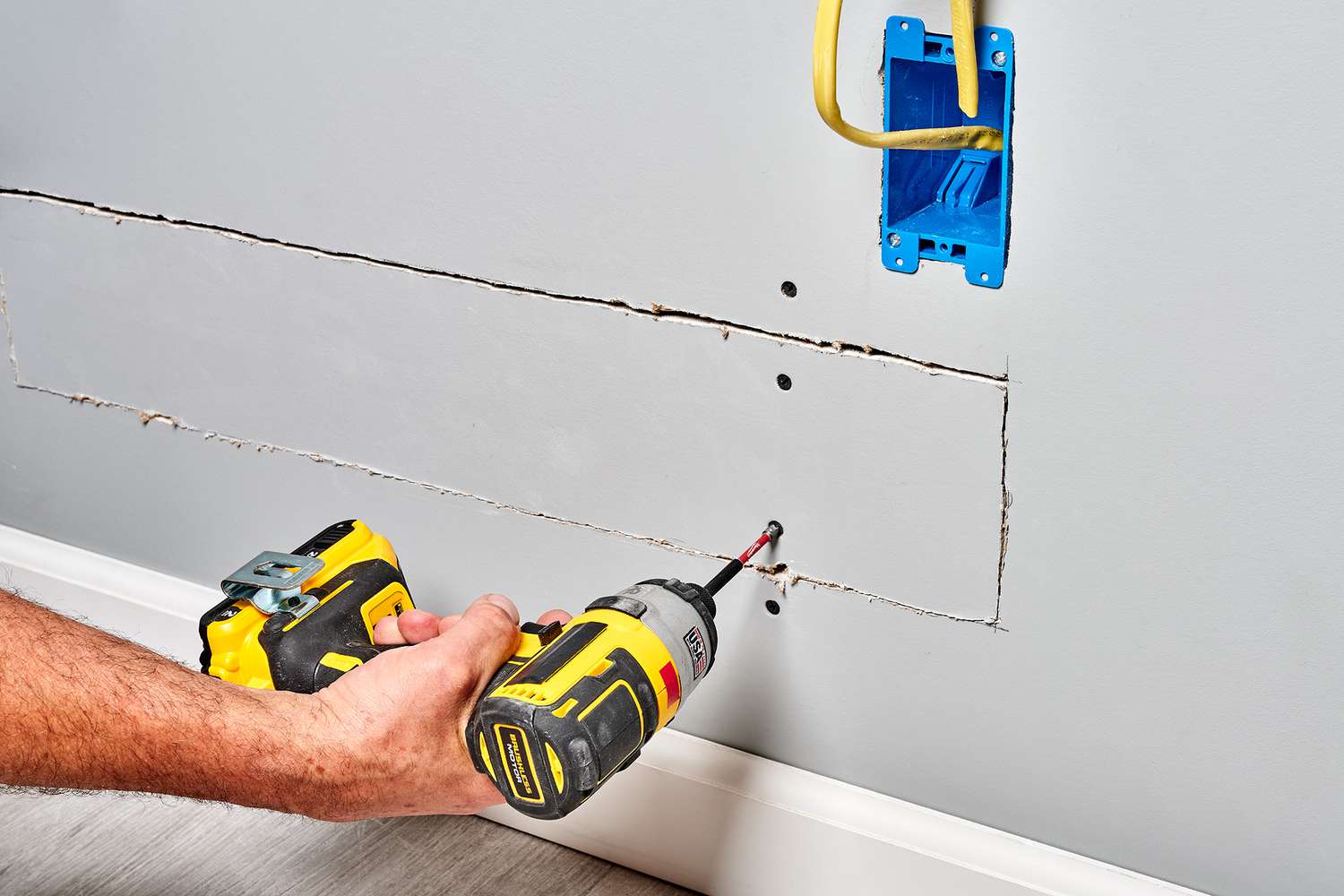

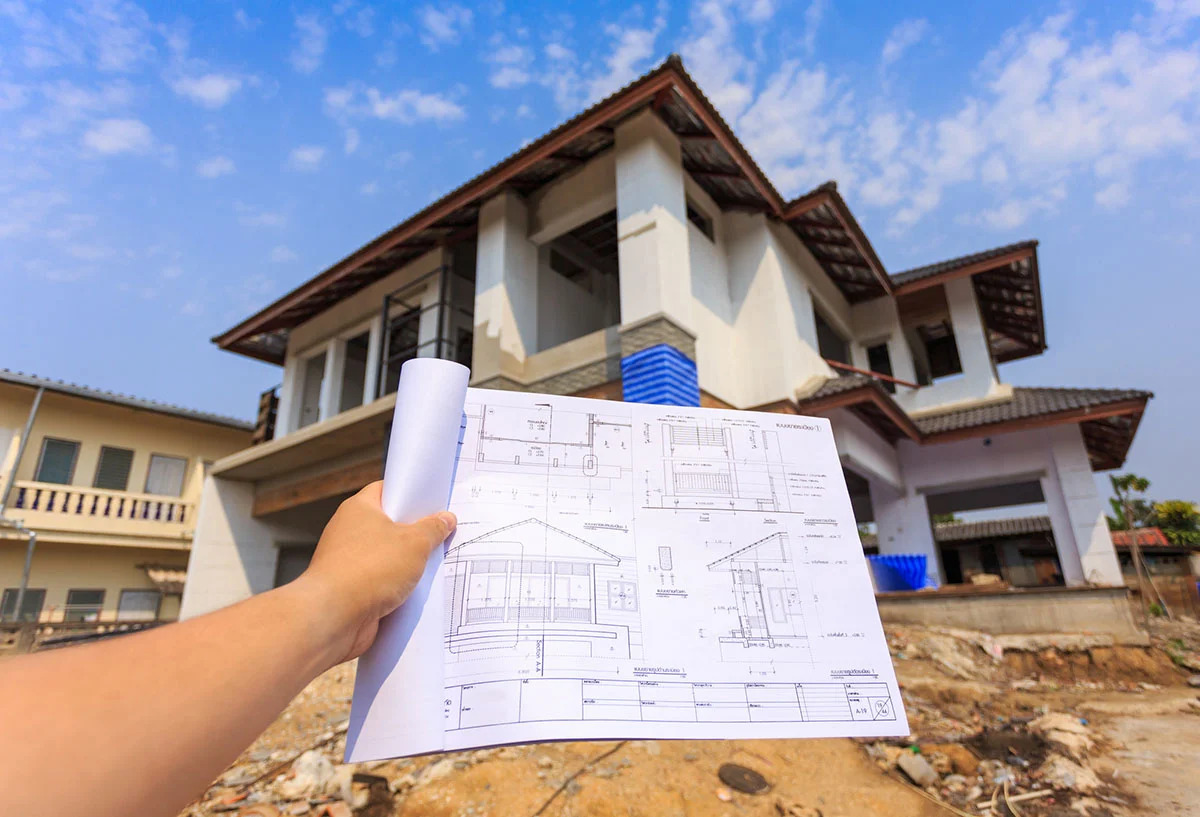
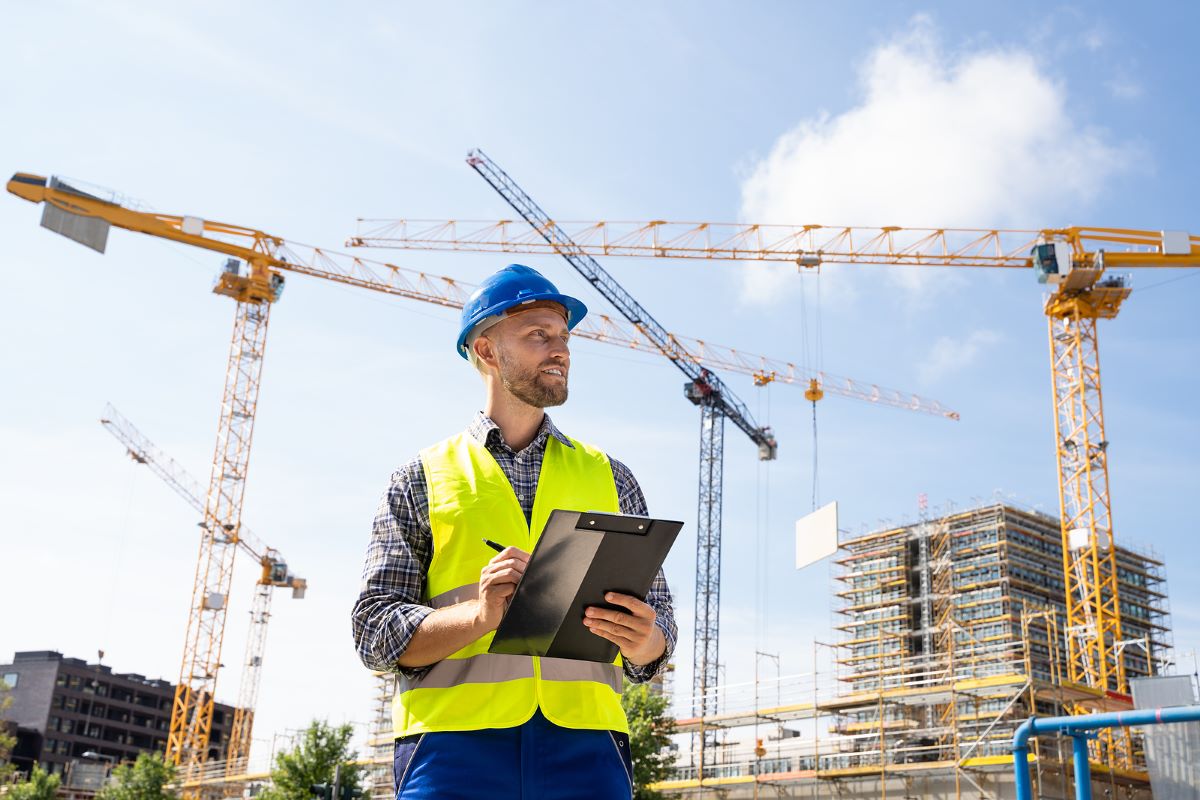
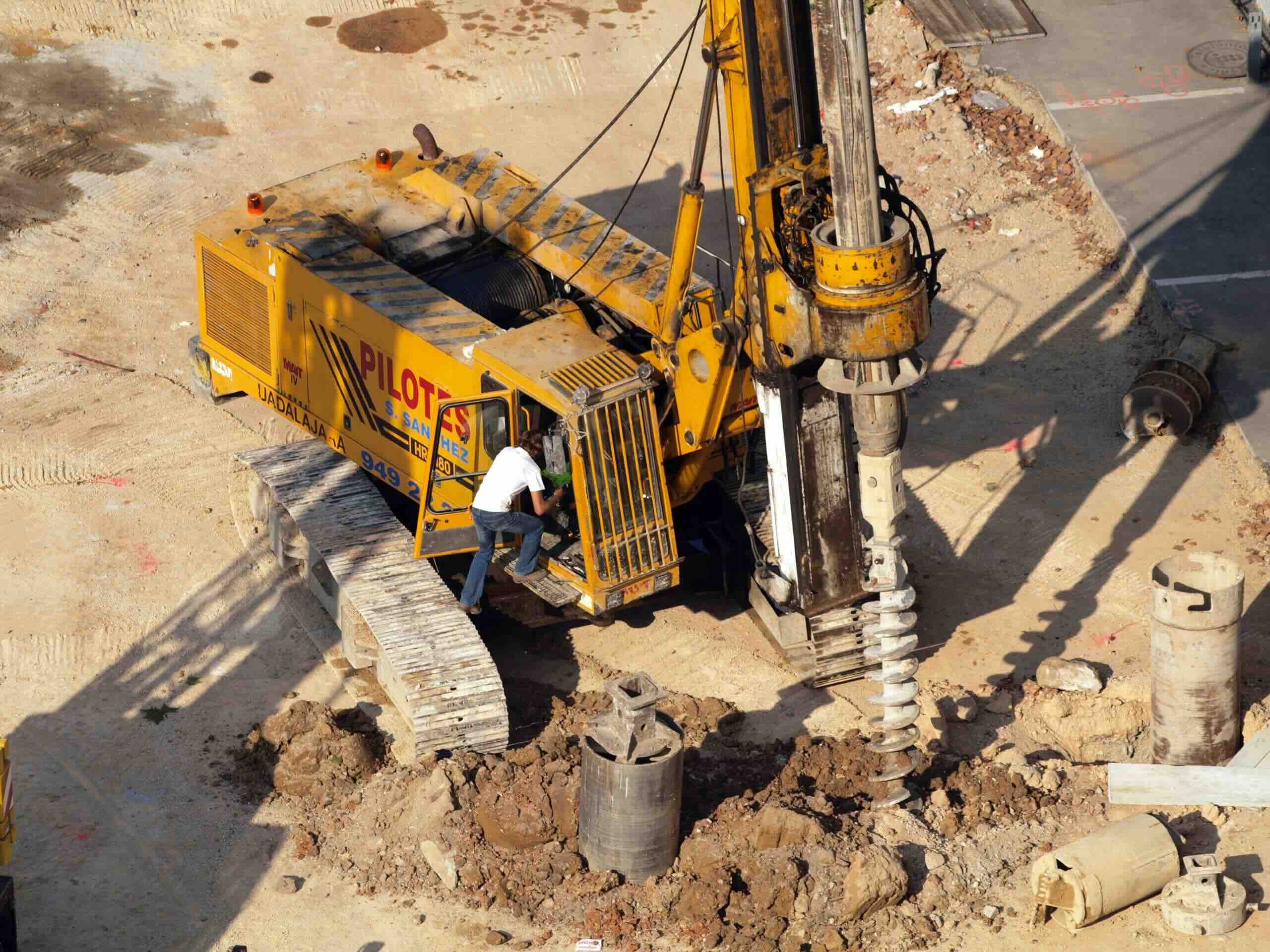
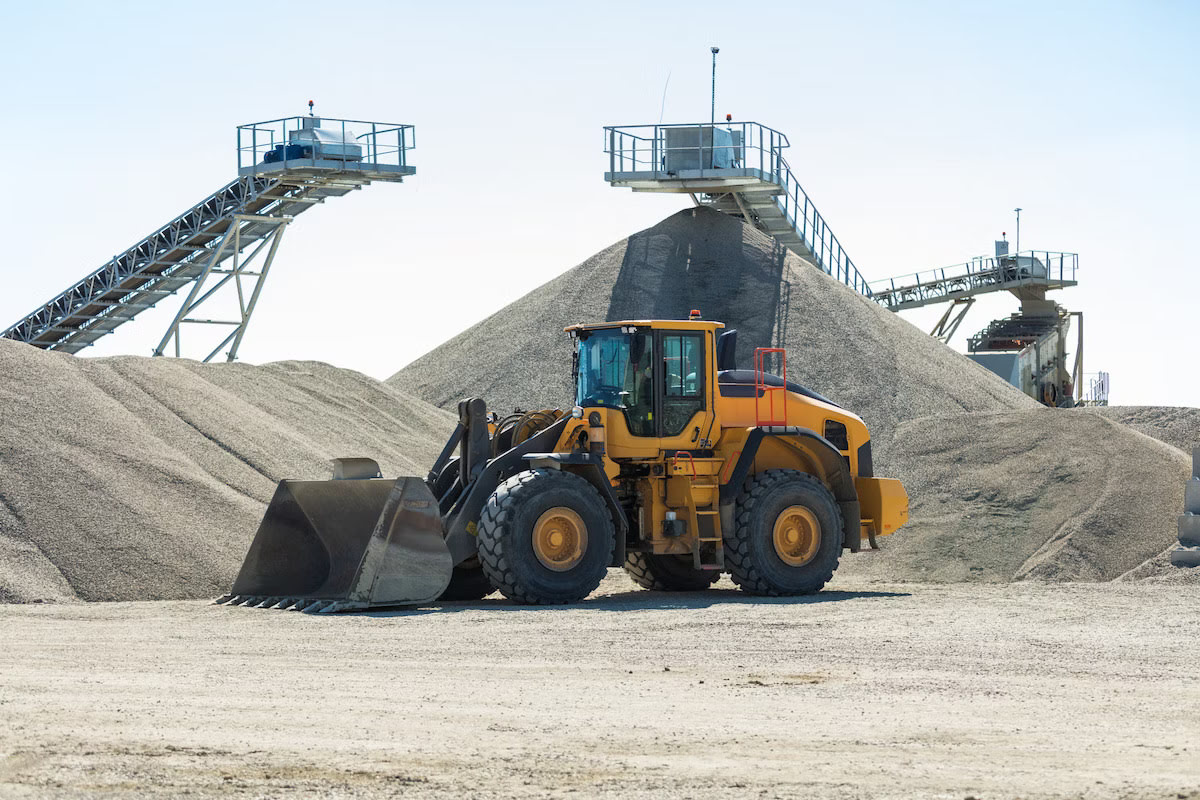
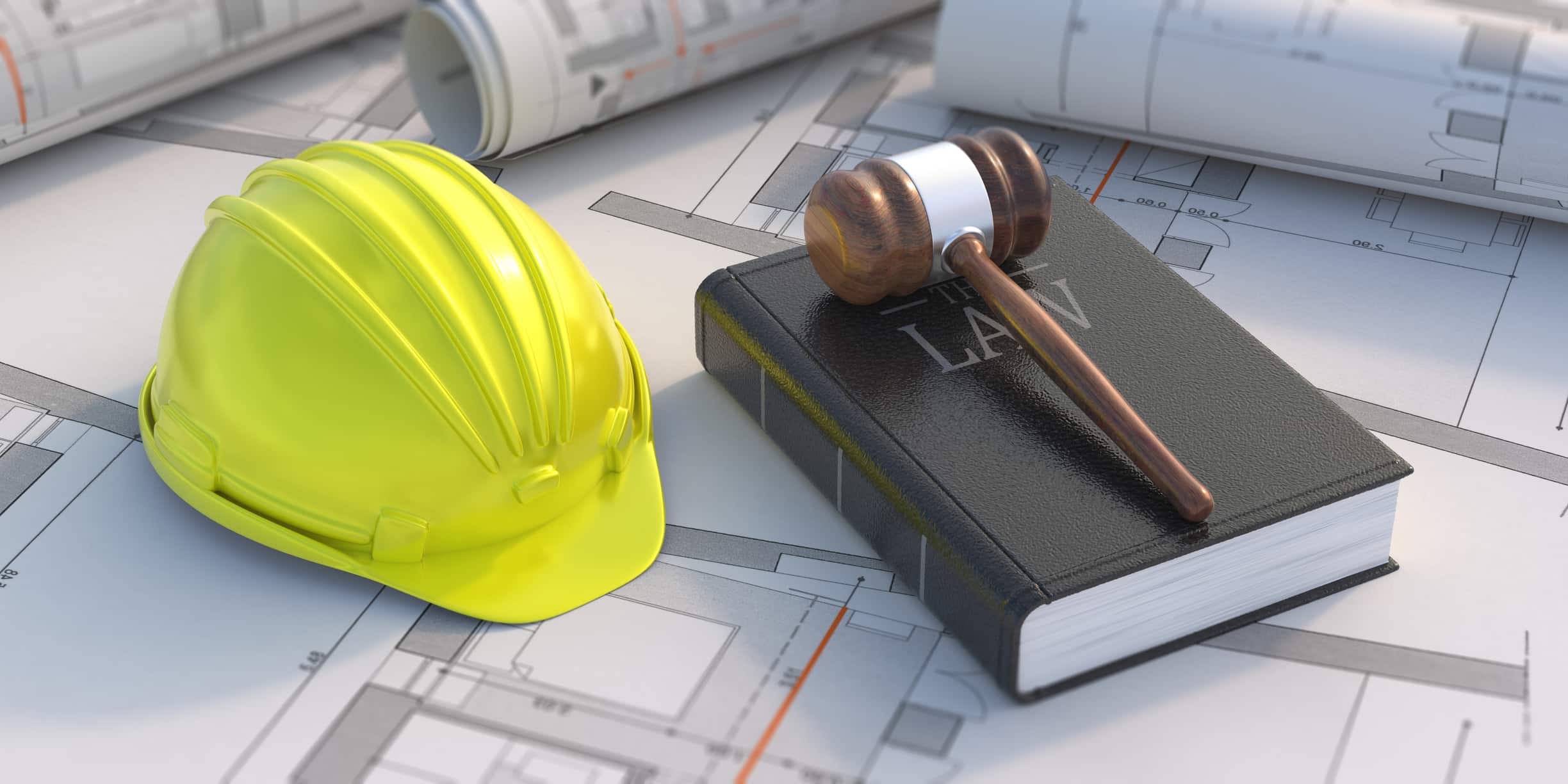
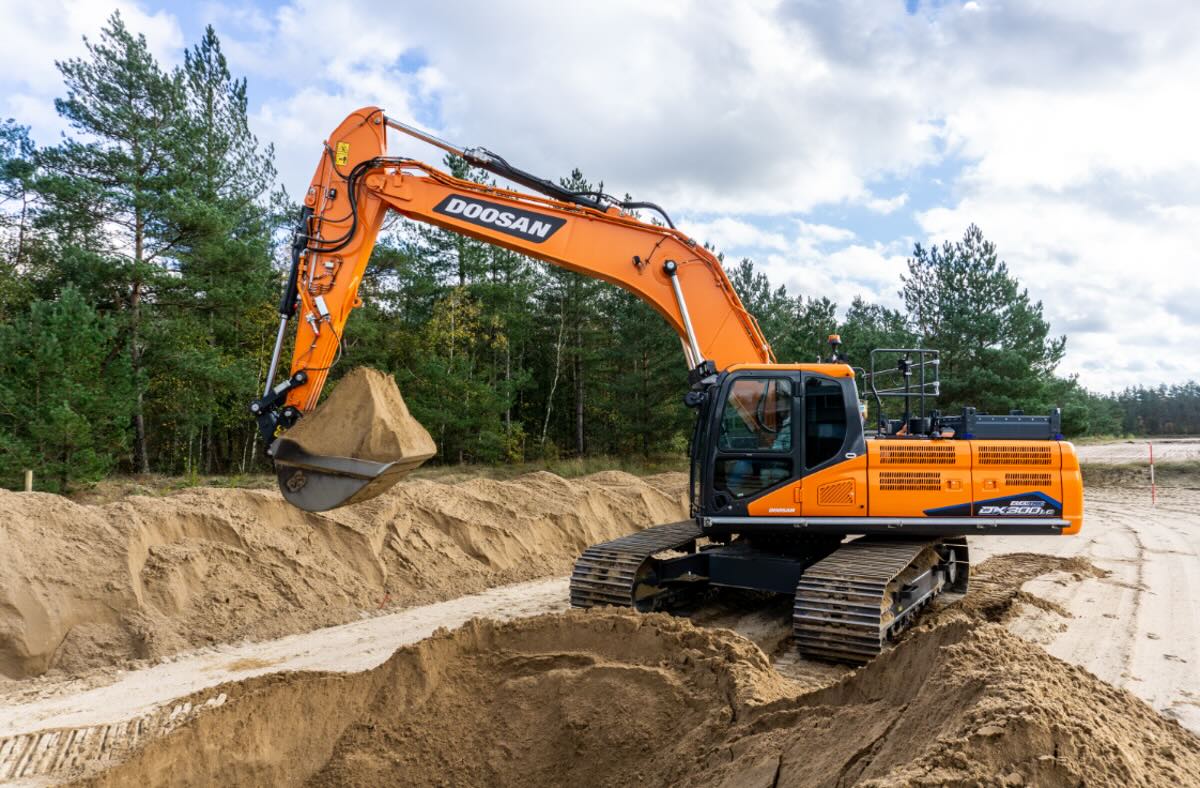

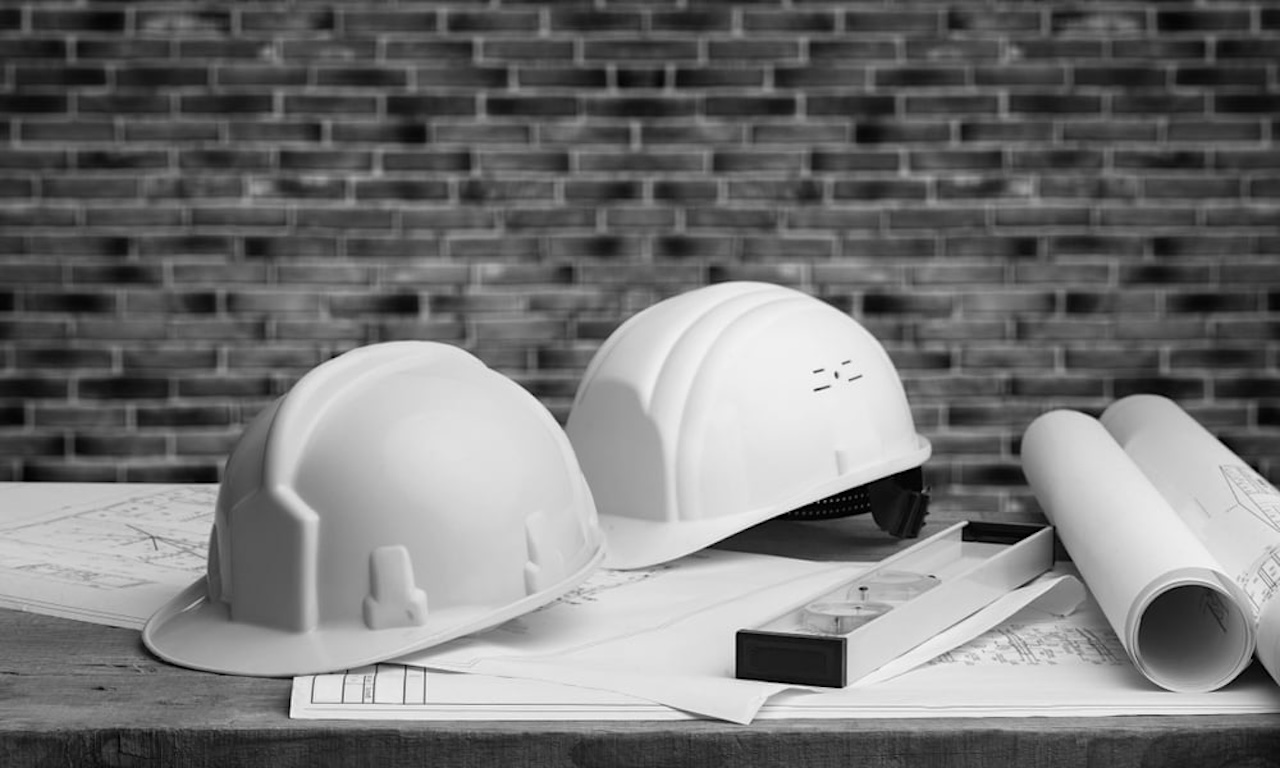

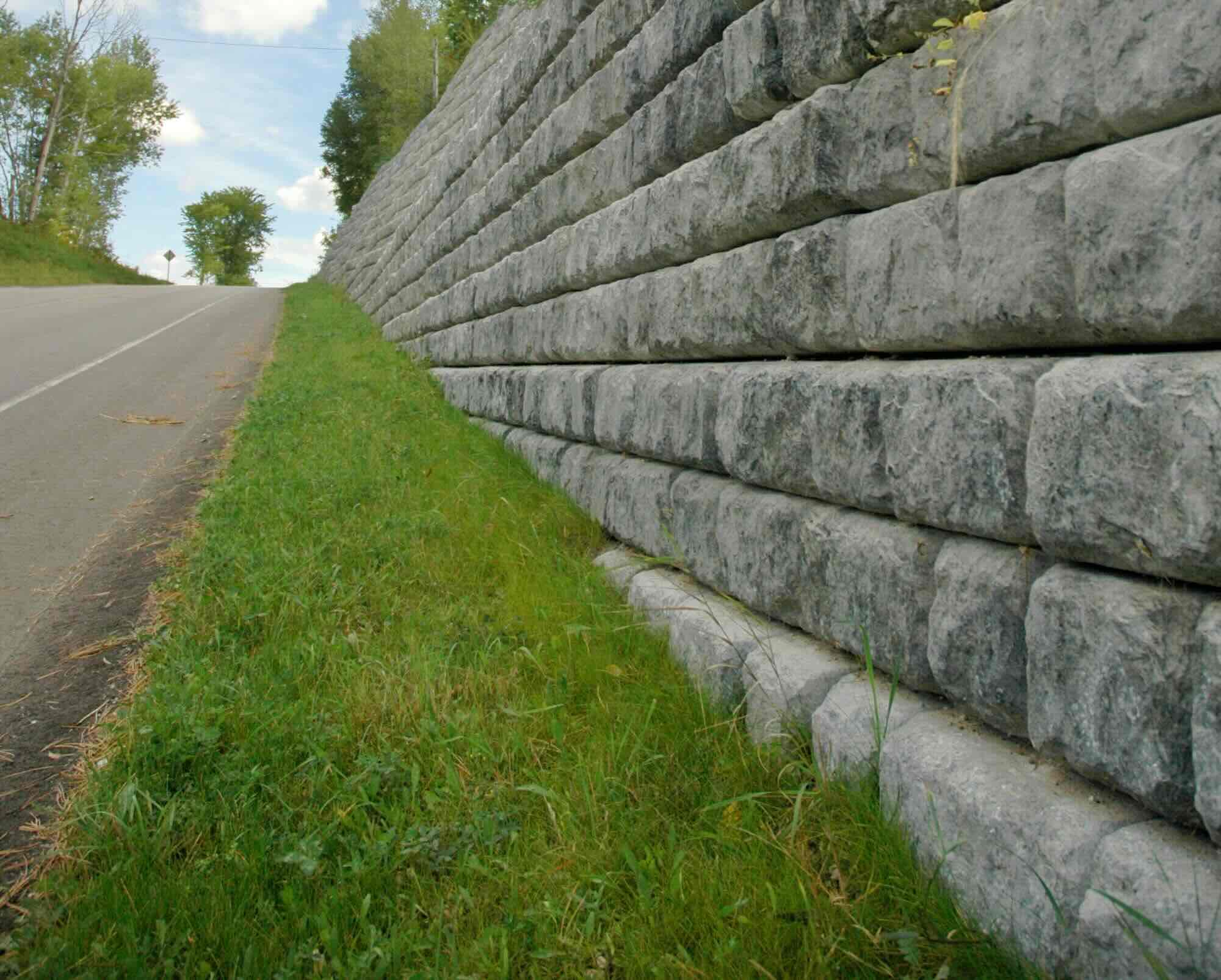

0 thoughts on “What Is Residential Construction”